 Since late March, when three suspects in an on-board stabbing were not caught on tape because the cameras at Christopher St. aren’t working properly, the MTA’s nascent surveillance system has come under fire. The authority, critics say, has spent tens of millions of dollars on a system that doesn’t work and is three years behind schedule. With a mixture of terrorist threats, station agent dismissals and booth closures fresh on the minds of New Yorkers, the failed camera program has become a very convenient scapegoat for those who worry about the safety of the city’s straphangers.
Since late March, when three suspects in an on-board stabbing were not caught on tape because the cameras at Christopher St. aren’t working properly, the MTA’s nascent surveillance system has come under fire. The authority, critics say, has spent tens of millions of dollars on a system that doesn’t work and is three years behind schedule. With a mixture of terrorist threats, station agent dismissals and booth closures fresh on the minds of New Yorkers, the failed camera program has become a very convenient scapegoat for those who worry about the safety of the city’s straphangers.
There is, of course, one small problem: The camera system is a metaphor for the MTA’s technological woes and not a comprehensive solution to securing a porous system. When fully working, camera recordings may improve police response by providing detectives with video evidence of a crime, and an efficient camera system may act as a minor deterrent. But making the system safer requires eyes and officers.
As I’ve noted in the past, the limitations of a camera system are clear. Viewing crimes after they happen aids officers in the hunt for the perpetrators, but only a fictional counter-terrorism unit on FOX’s 24 has the ability to spy on New York City in real time. As former NYPD commissioner Howard Safir said a few weeks ago, “There are so many entrances, so many stations, so many people. It’s virtually impossible to guarantee that [the subway system] won’t be vulnerable.”
Yet, there is a lesson to learn from the camera saga, and Pete Donohue of the Daily News delves into the MTA’s technological failures today. It a nutshell, the MTA’s current problem is one of cost. As Donohue relates, an original $15-million plan to install 910 cameras at 32 stations and record the goings-on has taken over four years to get off the ground, and the price tag is now a cool $21.3 million or $23,000 per camera. He continues:
The problems with the MTA’s surveillance cameras, watchdogs say, stretch from top to bottom. Different types of camera equipment have been installed by different contractors under the oversight of different MTA units. Some were hooked up as part of station rehabilitations while others fell under anti-terror programs, with different arms of the MTA overseeing them…
The $23,000 camera debacle came about, critics say, because the agency wanted to raise the bar on its camera system – but raised it too high. While a previous project to install 16 cameras in 60 stations stored recordings on site, NYC Transit wanted contractor TAP Electrical to store all recordings from the 910 cameras – about 28 per station – on a network created by a new company.
The agency believed the new network would be able to handle the larger amount of data and enable information to be transmitted digitally, NYC Transit spokesman Paul Fleuranges said. Only it didn’t work out. There were technical glitches, and attempts by the start-up company to fix the software failed, Fleuranges said. Then the start-up went belly up.
This is a similar story to the one we know about the MTA’s cellular service pilot as well. The agency picked a start-up formed for the sole purpose of wiring the subways and one with little experience under its belt or a track record to its name. Similar to this camera plan, the cell service pilot went nowhere fast, and the MTA found itself with a bill and no progress as other subway systems throughout the world increased their underground wireless connectivity.
With Jay Walder at the helm, the authority has started to focus more on technological integration and transit in New York City, but Walder also has to carry the burden of cleaning up previous mistakes. Eventually, this summer, the cameras will be plugged into a recording system, but the project will finish three years later than planned. This is technological innovation at its worst, and Walder could create a legacy for himself if he can figure out how to improve the MTA’s relationship with the 21st century.
















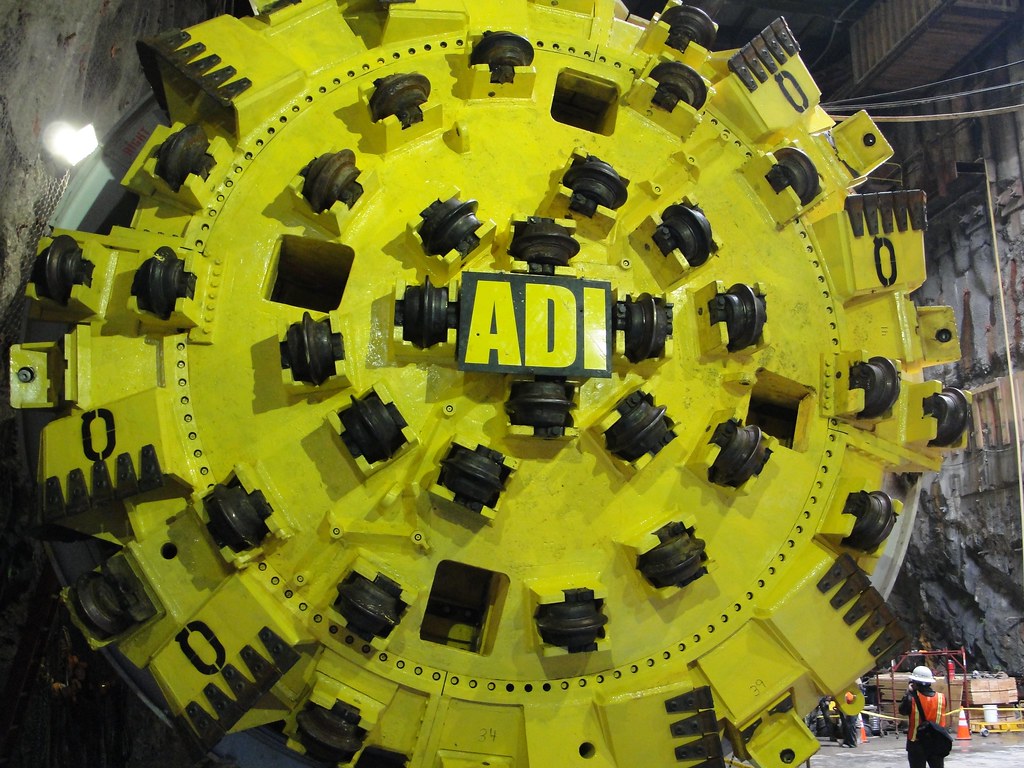
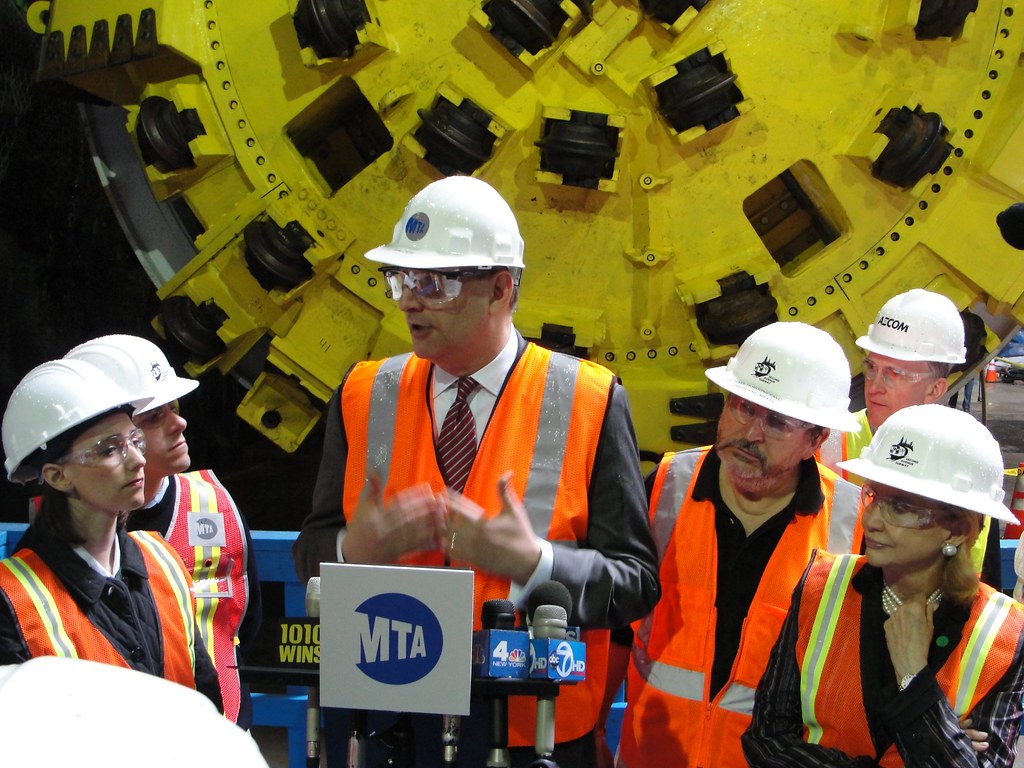

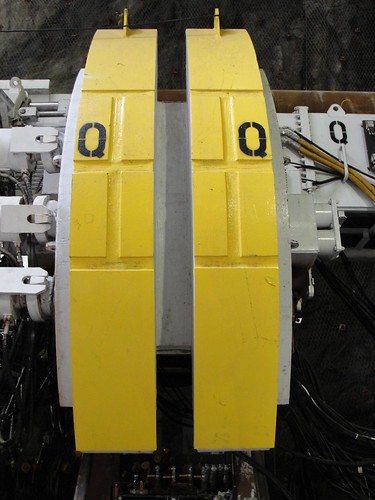
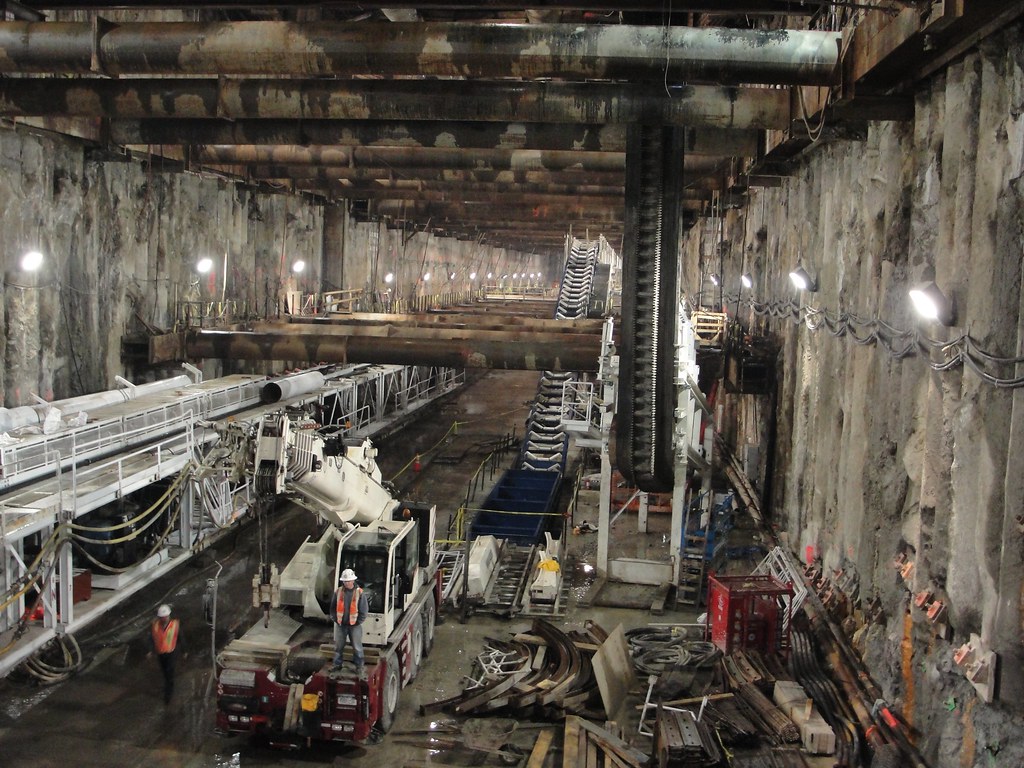
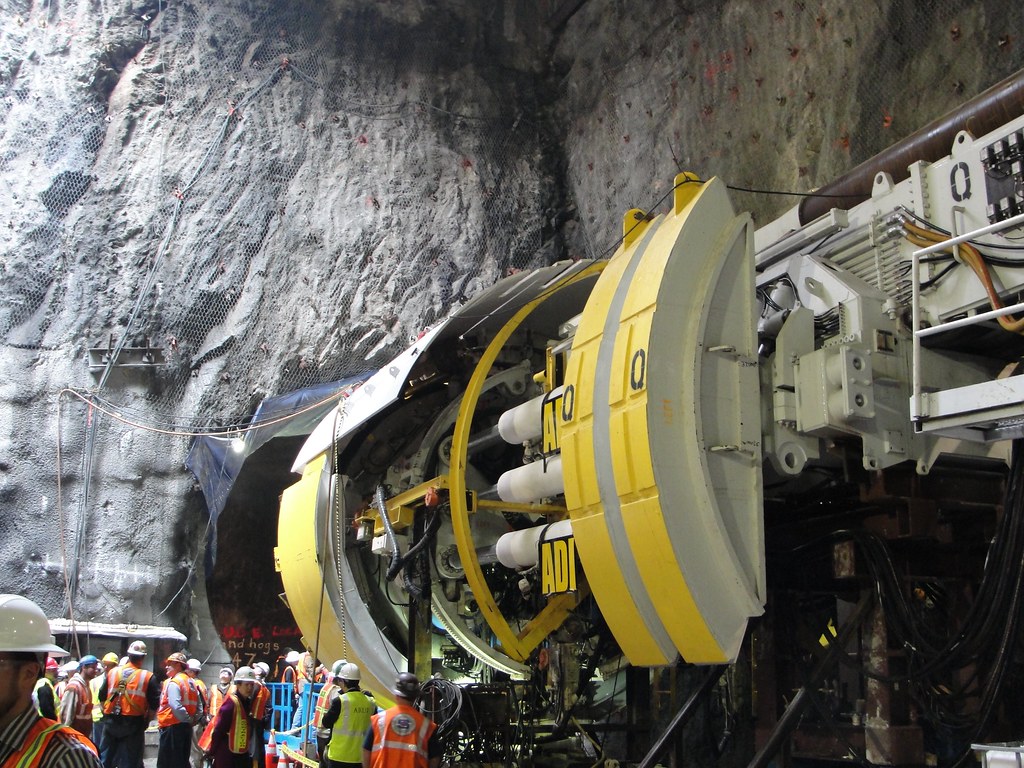

 Earlier this afternoon, MTA CEO and Chair Jay Walder along with new MTA Bridges & Tunnels President Jim Ferrara spoke to reporters about this agency’s plans for budget reductions and cost savings. It was another in the MTA’s ongoing attempts to close a massive budget hole, and as Bridges & Tunnels is the only agency that turns a profit, I was intrigued to hear about the authority’s plans for it.
Earlier this afternoon, MTA CEO and Chair Jay Walder along with new MTA Bridges & Tunnels President Jim Ferrara spoke to reporters about this agency’s plans for budget reductions and cost savings. It was another in the MTA’s ongoing attempts to close a massive budget hole, and as Bridges & Tunnels is the only agency that turns a profit, I was intrigued to hear about the authority’s plans for it.  Since the FBI stopped Najibullah Zazi and his co-conspirators from carrying out a potential terrorist attack on the New York City subway system, New Yorkers have had to come to grips with the
Since the FBI stopped Najibullah Zazi and his co-conspirators from carrying out a potential terrorist attack on the New York City subway system, New Yorkers have had to come to grips with the